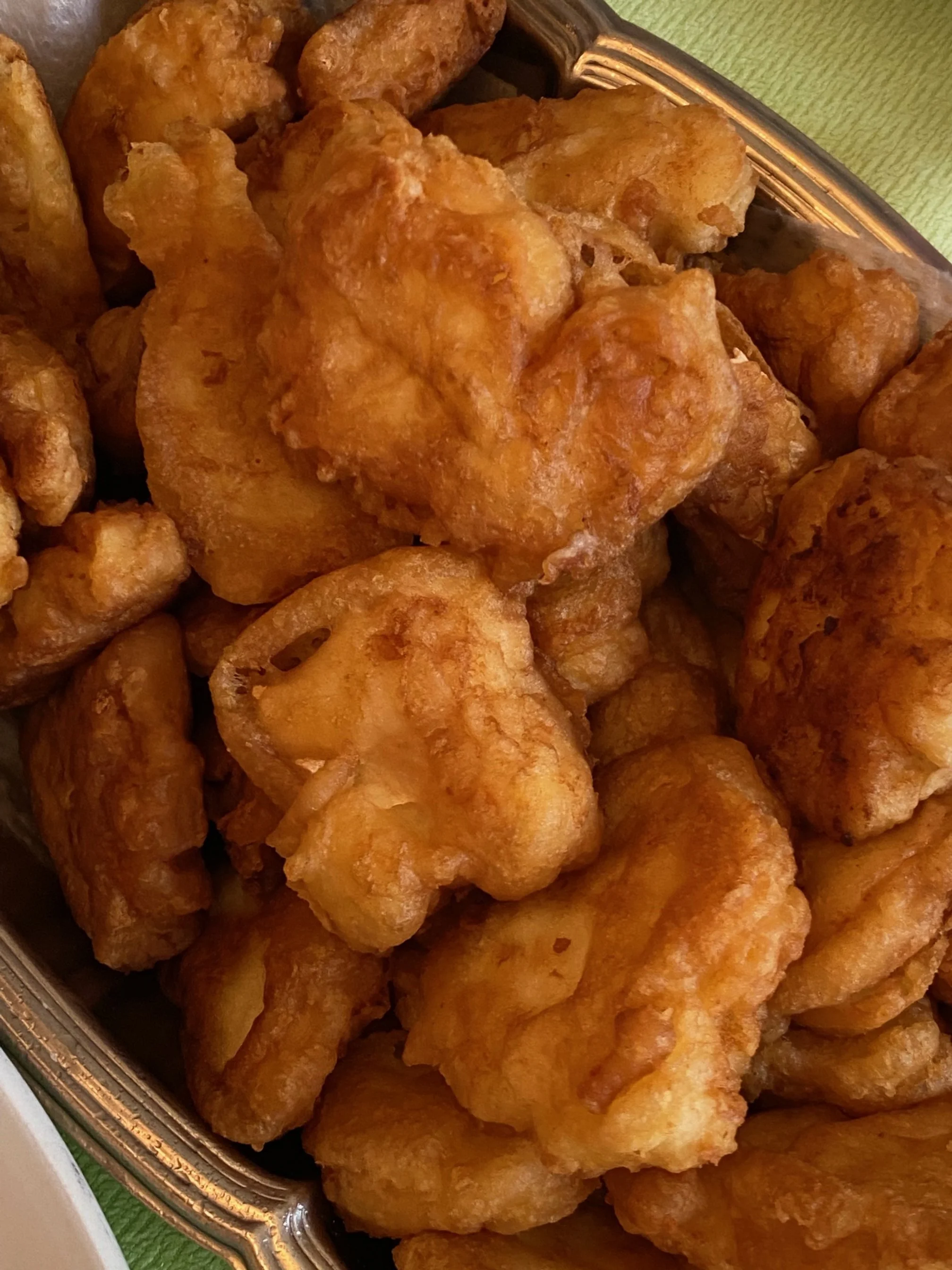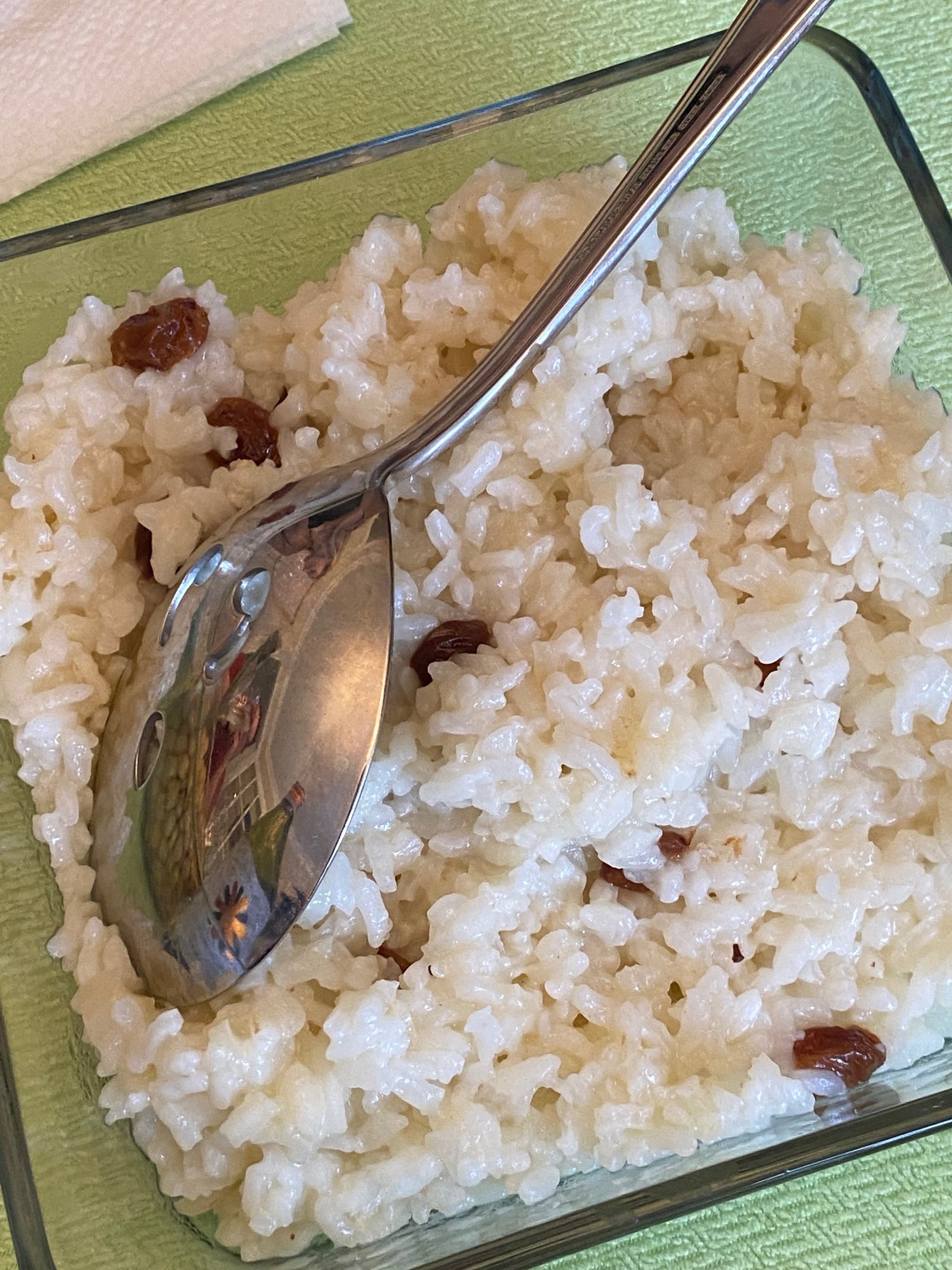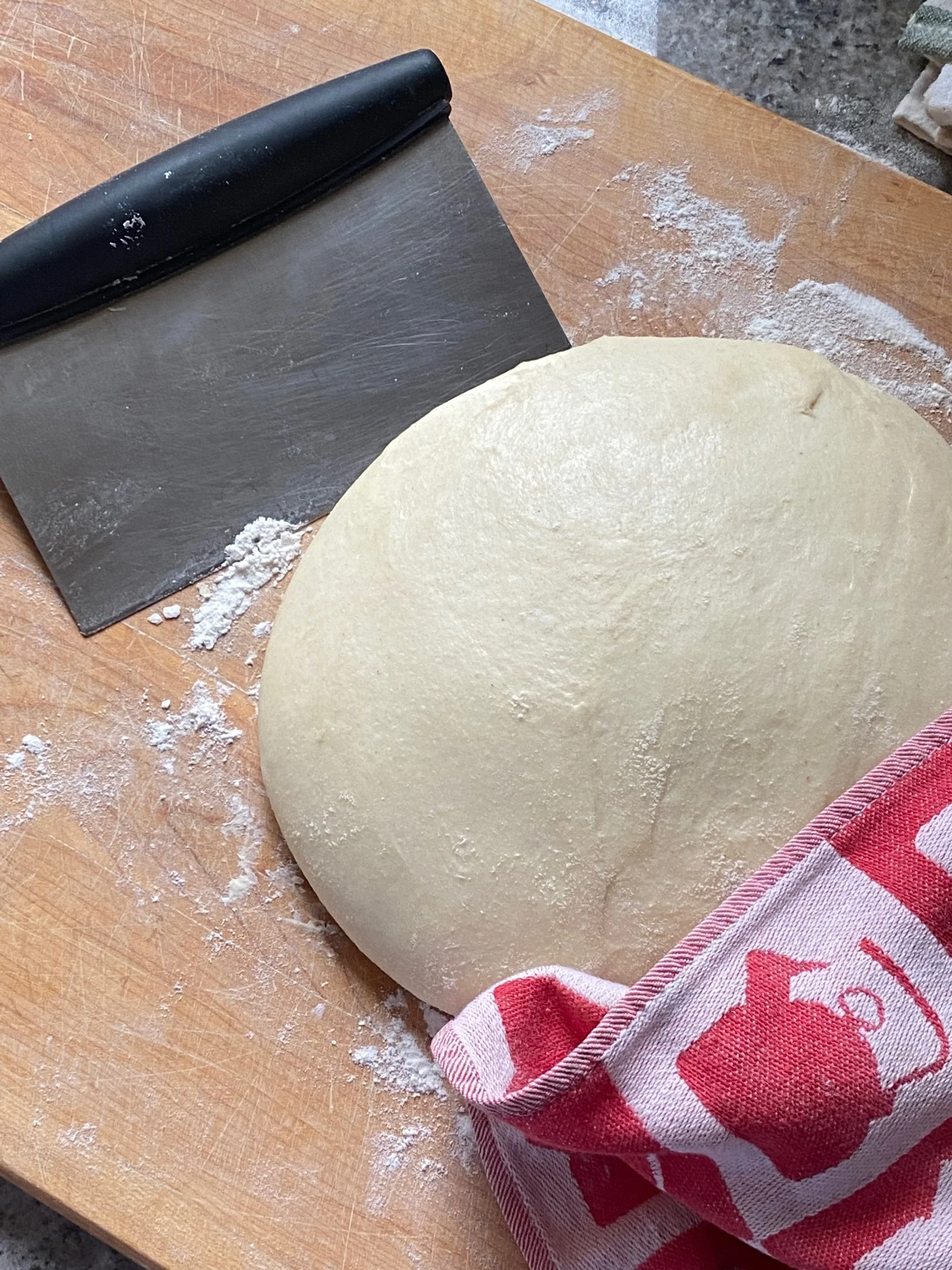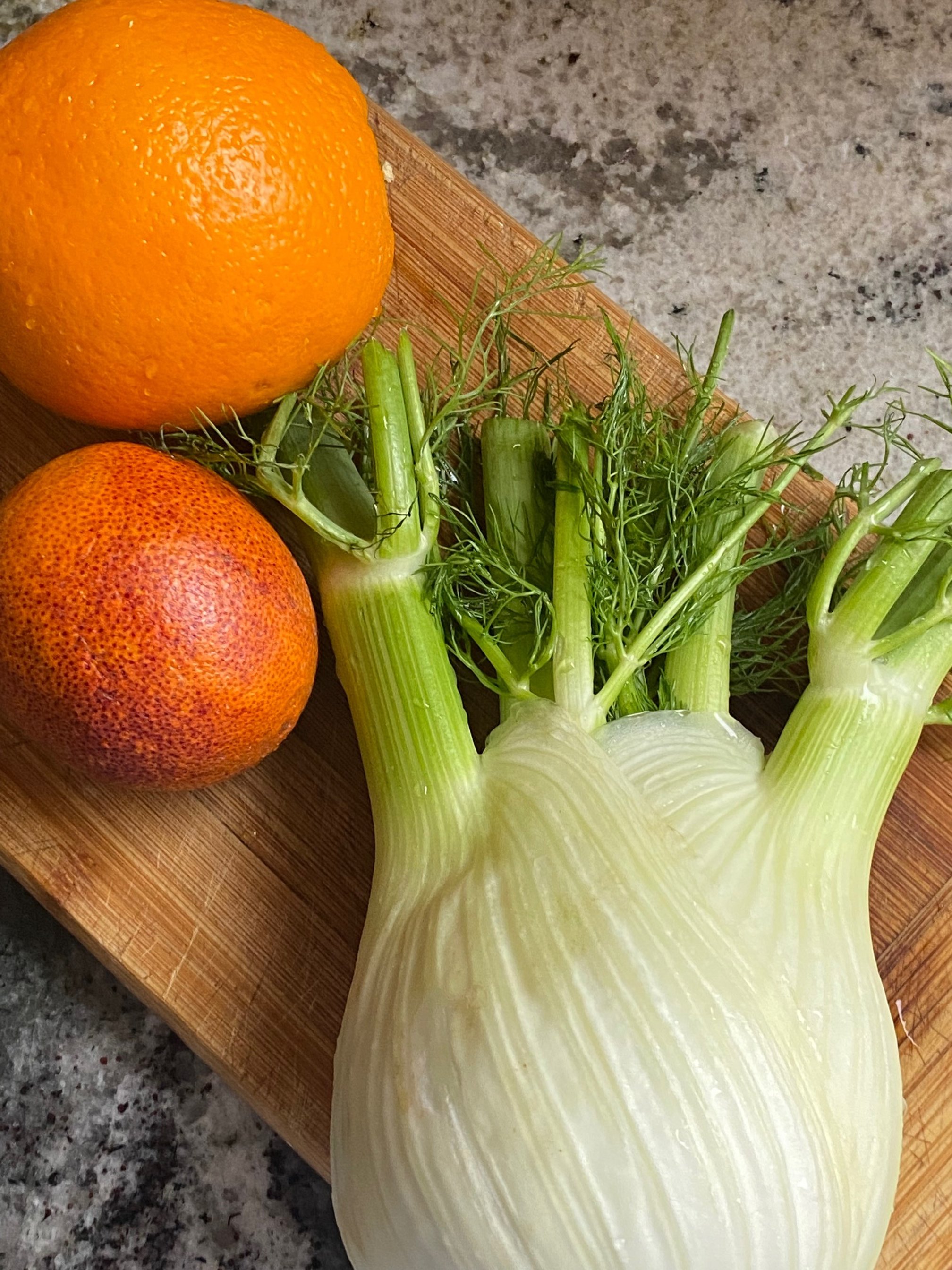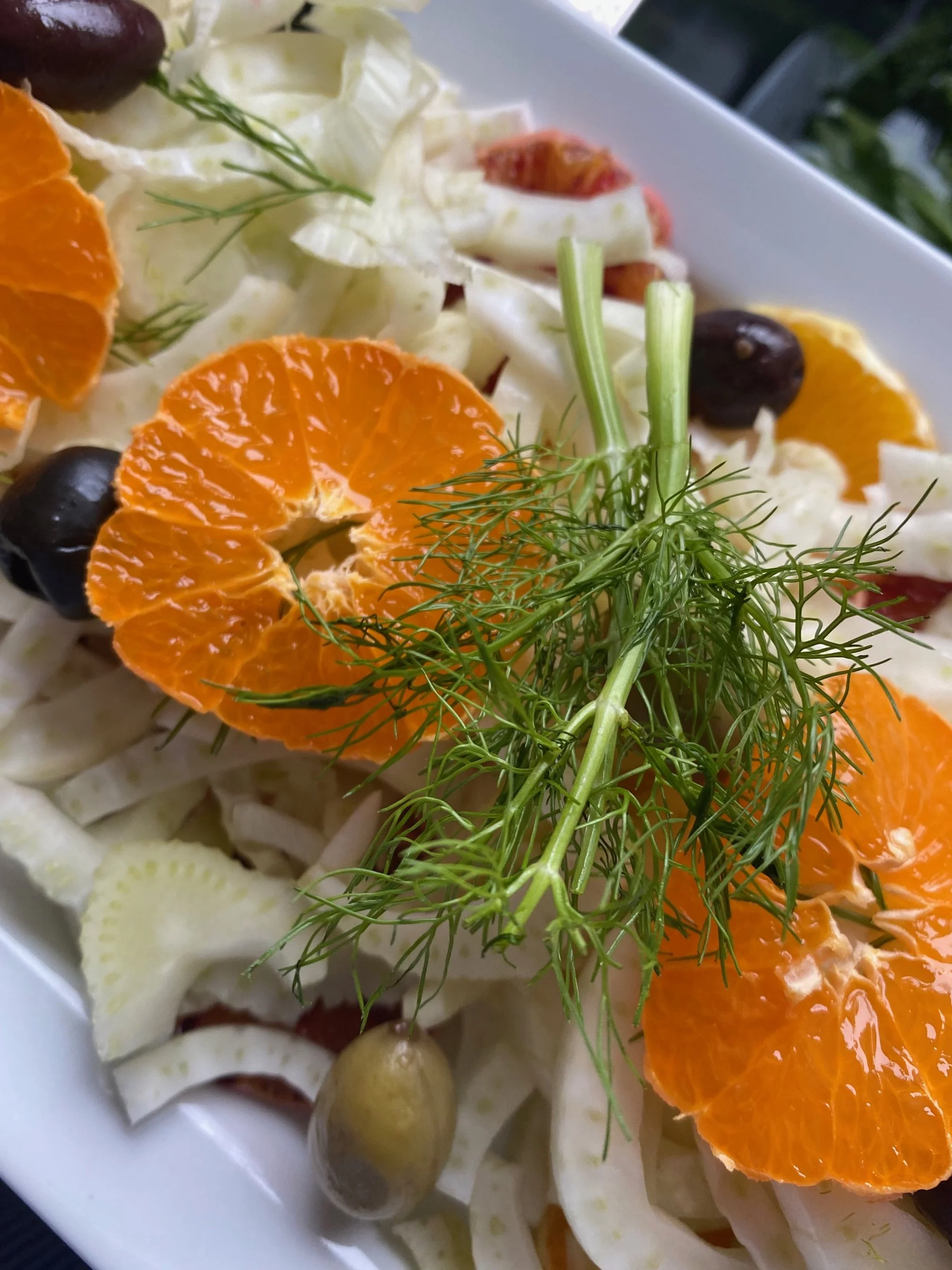Buon San Giuseppe
This past weekend we celebrated the feast of San Giuseppe (St. Joseph’s day) which lands on March 19th, in Italy and throughout the Italian Diaspora.
Though traditions differ from village to village and household to household, one thing remains the same: family coming together to eat traditional dishes, celebrate fathers (and anyone named Giuseppe, Joseph etc..) and acknowledge the arrival of Spring. There are actually 13 traditional dishes (each one for an Apostle apparently 😅 ) and over the years I think the dishes evolved based on personal tastes (we’ve now incorporated zeppole into our tradition but they weren’t something we typically ate growing up). We love the ones from both Tre Mari in Toronto and Irene’s Celebrity Cakes in Mississauga. Either way, this meal always calls for a couch nap afterwards.
Mini Zeppole from Irene’s Celebrity Cakes in Mississauga, Ontario.
Our family is originally from Molise, and for our tradition we always had a meal made up of: white beans, chickpeas, baccala (fried, salted cod fish), bucatini with breadcrumbs (sometimes anchovies), rice with raisins, mushrooms, asparagus, rapini, blood orange/fennel and olive salad, and fried dough we call s’frungiun… not ideal if you’re avoiding carbs… but delicious nonetheless!
With Covid restrictions getting in the way of family gatherings over the last couple of years, we were finally able to get together to celebrate this year. And though the group was a bit smaller than usual, we still managed to keep the tradition alive.
My Nonna used to be the one to make this meal for everyone, based on family traditions from Molise, but my father is now the one who leads the charge. This year I helped him put it together (ok ok I mostly lingered around taking photos but hey, someone’s gotta document)..
All the recipes are actually quite easy to prepare:
White Beans and Chickpeas
Both traditionally used in this meal, the beans are flavoured with olive oil, onion and sage leaves, and the chickpeas with olive oil, garlic and laurel leaves.
We started with soaking 500 grams of dried beans overnight in lots of cold water. The next morning, we boiled the beans in water for 10 minutes and then drained them. While the beans were boiling, we fried 2 small diced onions and 4 sage leaves in 2 tbsp. of olive oil for a couple of minutes. The fried mixture was added to the drained beans, water was added to cover the beans and they were cooked over low heat until tender ( about 20 minutes ). Salt was added as required.
The chickpeas are cooked similarly except 2 cloves of garlic and 2 laurel leaves are used as the flavouring.
These recipes are so quick that we make them often throughout the year - they’re even quicker if you use canned beans or chickpeas.
Baccala
The fried baccala is also easy to make.
Take 500 grams of deboned, salted cod filets, cut into 1/2inch thick pieces and soak the pieces for 24 hours in cold water, changing the water about 5 or 6 times. Drain the water and pat dry the cod pieces. Make a thin batter using 1 egg, 5 tbsp water, 2 tbsp flour and 1 tsp. of baking powder. Dip the cod pieces in the batter and deep fry in oil until browned (about 1 minute per side).
The morning of San Giuseppe, we prepped and cooked the remaining dishes including the vegetables (rapini, asparagus and mushrooms were all cooked down in olive oil with some salt). Fyi there’s a LOT of olive oil that goes into this meal - but a good EVOO makes all the difference. We sometimes get some imported directly from Italy, but truth be told we also find ourselves using President’s Choice EVOO and it does the trick!
The remaining dishes - that are also quick to prepare any time include:
Rice with Raisins
Fry one small shallot in olive oil, when golden, add two cups of Italian Arborio rice and let the rice toast for a couple of minutes while stirring. Add 5 cups of hot water and 2 tbsps. raisins and stir, Add salt to taste. Cook over low heat until done al dente (approx 10 minutes) while stirring often. Add more water if the rice is too thick.
S’frungiun (fried dough - hard to say fun to eat ;)
Can be made any time (great with cocktails too).
You can make your own Pizza Dough but the easiest method is to actually buy it pre-made (we like to use the dough from Longos but any local Italian bakery should have). Take it out of the bag and let it rise at room temperature for about 2 hours (covered with a plastic film so it doesn't dry). With a sharp knife cut off pieces and stretch/roll until they are the thickness of an index finger and 25 cm (10 inches long). Heat to medium/high about ½ inch of vegetable oil in a 30cm frying pan, and fry several pieces of the dough at the same time. This should take about 10 seconds per side. Experiment with the temperature of the oil so the bread sticks don’t burn.
Fennel and Orange Salad
I love this salad - it’s simple to make and is elegant and delicious.
Peel 2 navel oranges (blood oranges if in season) and remove all the white pith around. Slice very thin cross sections and arrange overlapping around the edges of the serving dish. Cut 1 fennel bulb in half and slice very thin cross sections and arrange the slices in the middle of the serving dish. Add some olives, sprinkle with salt, black pepper and olive oil.
Bucatini with Breadcrumbs
Ok this is my favourite dish of the meal. It is so simple, and so carb heavy that it actually is a beautiful thing. It reminds me of how lucky we are to have an option to even eat low carb meals.. when there was a time when wheat was really what sustained entire households. A little perspective is always good to have. It’s also really simple to make!
First you have to toast the breadcrumbs. Fry two garlic cloves in 4 tbsp of olive oil until golden. Remove garlic and add 2 tbsp. chopped parsley and one cup bread crumbs to the oil. Over medium/high heat stir the crumbs until toasted slightly. Add salt to taste.
Meanwhile cook 450 grams of bucatini in salted water until al dente. Drain, pour in a serving dish and mix in the bread crumbs.
I’ll be honest, when I was younger I did not love this meal, but as I got older I got more of a taste for the dishes and really began to appreciate the tradition around it.
I think it’s special to have a link to what our ancestors ate and why.. it’s a nice connection to the past and gives us an awareness and respect as to where we are and how far our families have come.
You may feel a little sleepy after eating a full plate of this: full of white beans, chickpeas, rapini, fried baccala, asparagus and breadcrumb bucatini.
Does your family celebrate San Giuseppe? I’d love to hear about some of your traditions and special dishes. If you’d like to share some family stories feel free to send them to info@thatnonnalife.com for a chance to be featured on our instagram page.


